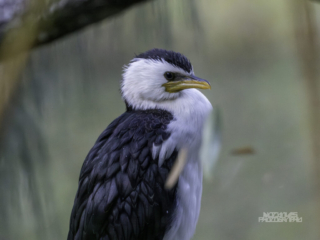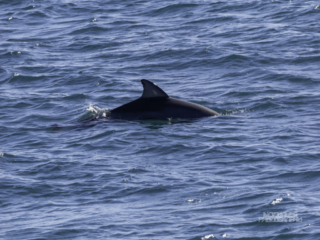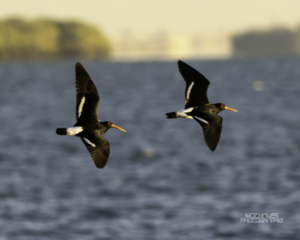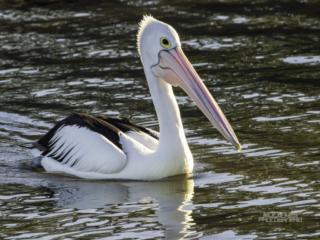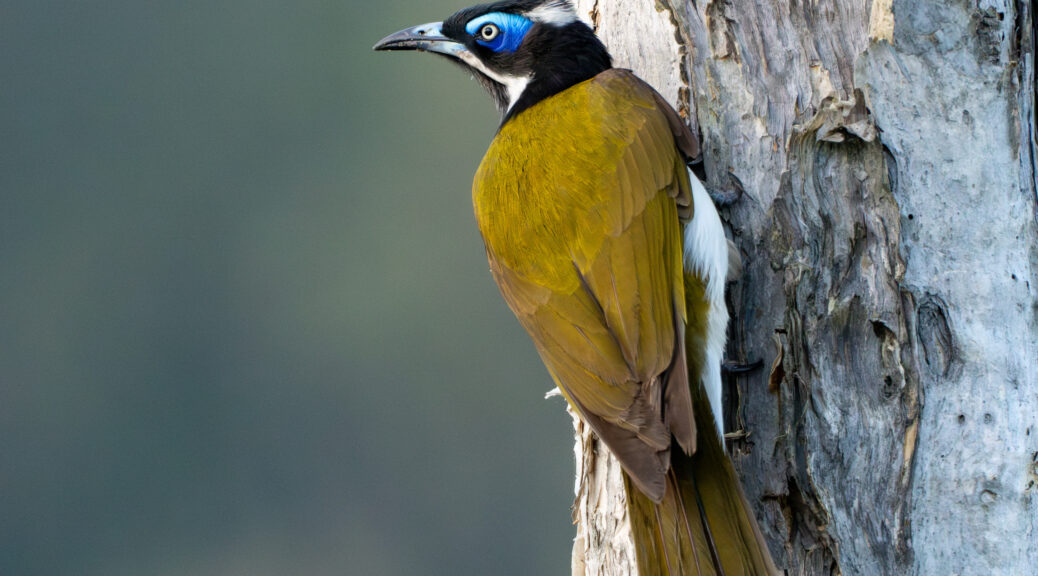
Lenses I love – Olympus 300mm f4 PRO
I have nicknamed this my dolphin lens, after a sailing trip on the coast earlier this year. The Olympus 300mm f4 PRO is a specialised tool that I only take out when I’m specifically going out to capture wildlife. It’s so big it doesn’t fit in my regular camera cube and has its own little house (which it shares with the MC-14 and MC-20 teleconverters and the EE-1 red dot sight attachment).
This lens is unique and is one of the main reasons some people get into the micro 4/3rds system – it’s a 600mm equivalent prime for an affordable price, at a super manageable size and weight, that can be carried all day and shot handheld; doing the same with a full-frame 600mm prime would be ruinous to my back and shoulders.
Obviously, there are some drawbacks relative to a full frame telephoto prime, those inherent in the m4/3 system – a maximum depth of field equivalent to f8. But it’s sharp, affordable (especially given I got mine secondhand from Map Camera in Shinjuku), and focuses extremely well on my OM-1.
It has an older style of integrated lens hood than the 40-150mm f2.8 PRO, but is 80% as good – it needs to be screwed into place, but that’s done quickly and easily. Only drawback on the hood is it’s slightly rounded front edge, which makes it a little tougher to get filters off the front thread of the lens. Getting a thin filter wrench solved this problem for about $10.
Some samples (click for a larger view):
As you can imagine, a lot of wildlife shots!
Special mention to the Olympus EE-1 red dot sight, it makes using this lens to capture birds in flight so much easier; I’m really looking forward to getting out on a sailboat again to go whale, turtle and dolphin watching with this sight. I suspect it’ll make hitting a small and nimble creature in a literal sea of blue, that can dive underwater for a minute at a time and surface randomly for a split second a much easier task.
This is the first of the lenses I won’t be travelling with to Japan, and would probably not be taking it travelling in general unless it’s on safari or an icebreaker, or something like that. Having a look at my library, I typically shoot this lens two or three times a week, but shooting generally 6/7 days a week. it’s a specialised lens with a niche use case, but it’s one I enjoy and want to further develop my skills in. As such, this lens is one of the two most likely to get me excited to go out and shoot with (alongside the Bokeh Monster, to be covered in another review later on).




